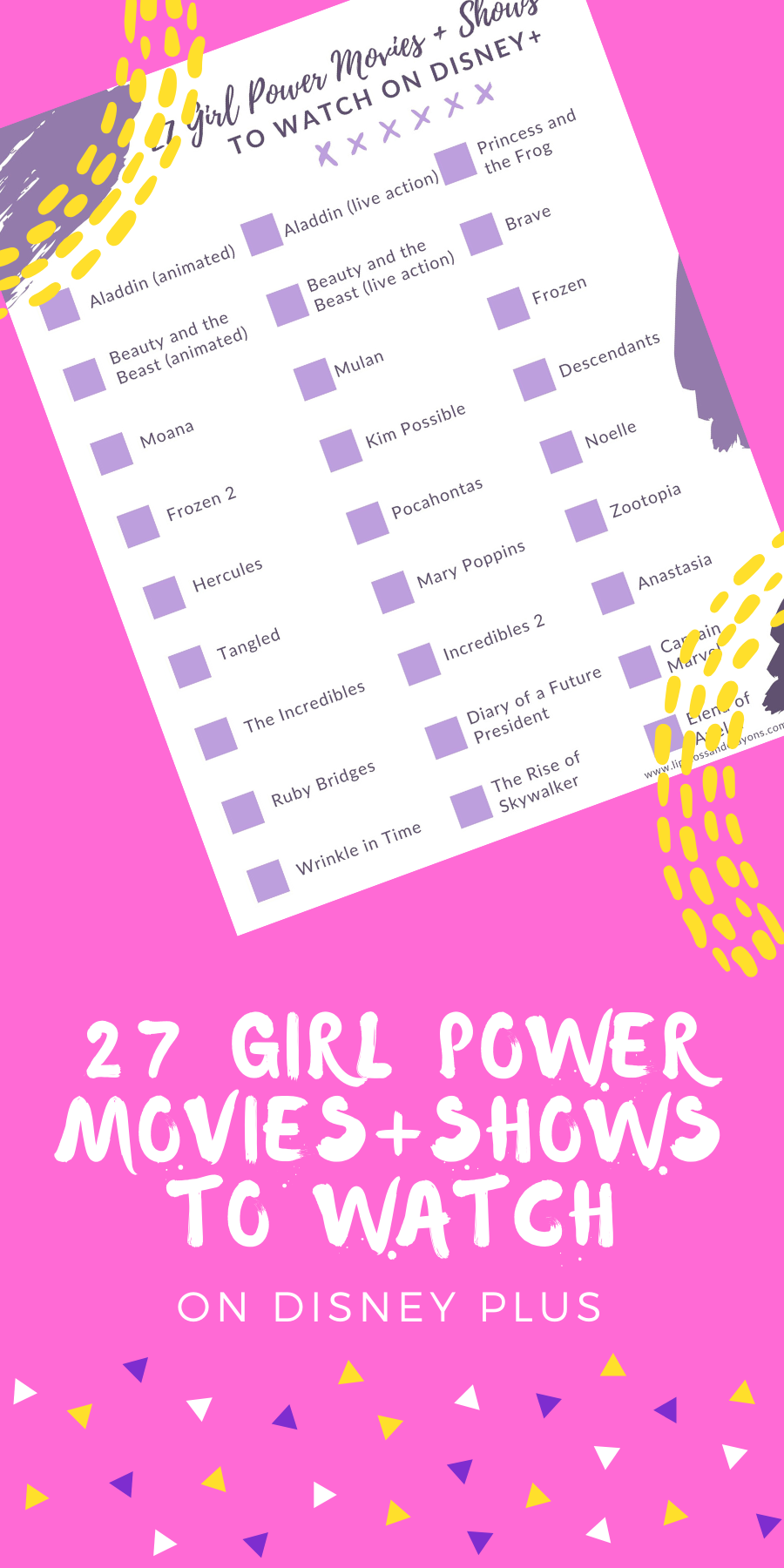
TGIF television series are American television programs that air during primetime. This block of television series' name comes from the popular phrase "Thank God it is Friday". Previously, the lineup of TGIF shows was called "Thank Goodness It's Funny." The shows have grown in popularity and expanded their repertoire over the years.
Family Matters
Family Matters may not be the most watched show on the network but it is well worth the effort. The show is about a nuclear family but it has also adopted organic family members. The series' theme is family first, with the show's central location being the living area. Family Matters was recorded in front a live audience. However, the show has its own style and fans will love the gifs.
Family Matters, which aired for a total of ten seasons, was loved by many families and became a favorite ABC sitcom. Family Matters aired alongside Full House and Perfect Strangers and was part the TGIF lineup. Its popularity dropped rapidly after its fifth series, and it was eventually cancelled by the Network due to low ratings.
Step by step
You probably know the TGIF series if your TV is on. TGIF (short for "Three Guys and a Girl") was a sitcom which aired on ABC from 1992 to 2000. Unlike other shows TGIF aired for eight seasons despite a fast changing media landscape. Here are some TGIF shows you may not have seen.

"Step by Step," a hit sitcom created by TGIF, premiered on TGIF's television network in 1991. The series followed the adventures and love stories of two single parents. The show was a big hit and featured Christopher Castile and Staci Keanan. It ran 160 episodes and became a TGIF favorite. It also spawned a spin-off series called Family Matters.
Boy Meets World
Boy Meets World has been a TGIF favorite show for many years. It was first broadcast on ABC in September 1993, when the TGIF lineup was at its peak. It appealed to many people, including parents and teens. TGIF was created to entertain audiences that were not yet teens.
The show ran seven seasons and had 150 episodes. The series focused on a group young people who were trying to make it in the real world. Ben Savage was the star of the show, as Cory Matthews. Topanga was his best friend Shawn. The show was very popular and can still be viewed on iHeartRadio.
Two of a Kind
Two of a Kind was an American sitcom that aired on ABC. It was a comedy featuring Ashley and Mary Kate Olsen. The show marked the Olsen sisters' first television series since 1995. It ran from September 25, 1998 to July 9, 1999.
Despite its star power and only one season, the show was cancelled. Sally Wheeler and Christopher Sieber starred in the show. While the show had a solid cast, it was canceled after a single season due to low ratings.

Full House
You've probably seen Full House TV, and you know there are plenty of memorable moments that will make your heart laugh. Full House TV series will have a Full House Tgif that will make your smile. The show is a timeless classic and will not be forgotten.
TGIF TV shows have been around for a very long time. They've lasted for many seasons. Full House is a show that many people still love. It's an old classic that will bring back so many happy memories of growing up, even if it is a rerun from a previous season.
FAQ
What kind of advertising can a TV show?
Television is a medium of communication in which images are used to communicate messages. It is one of the most popular media worldwide. The annual value of the television industry exceeds $100 billion.
There are many types and styles of TV advertisements. You can divide them into two categories.
-
Commercials, also known as TV commercials, are typically 30 seconds long or longer.
-
Programs/Series (also known as "programming") These programs are typically 20 minutes long. However, some may be shorter.
Commercials can be seen during commercial breaks. They are typically between every half hour and an hour of programming. They can also be shown when there is no broadcast. This includes before and after shows, infomercials, public service announcements, etc.
Programs are the core of any channel. Many channels air several series each week. Some networks air only one series per day. Other networks may air multiple series simultaneously. Some channels are specialized in showing movies, sports events, and news.
Advertising on television has changed significantly since its inception. Television was originally used primarily for entertainment purposes in 1950s. People would watch I Love Lucy or Father Knows Best shows, then head outside to play and have fun with their friends. As technology advanced, however, people began using television more often to get information about products and services. If someone wants to purchase a car, they can watch an advertisement for the model and see what features are available.
Which industry is most active on television?
The auto industry.
The reason why they advertise so much is that they are always looking for ways to improve their cars. They want to make their cars safer, faster and more efficient.
They also need to keep people interested in buying their products as well.
So what do they do? They post ads all over.
On billboards, bus stops, television, radio, magazines, newspapers, you name it.
These ads aren't just for any old ads.
They are very different. Some are funny, while others provide information, some inspire, and some are educative.
But no matter which kind of ad you watch, chances are it'll be effective.
Is TV good for business?
Yes, television is good for businesses. It helps businesses reach more customers.
Signs are put up all over the town, for example, when you're selling your house. Advertising in local papers such as the newspaper and real estate section or the classifieds is also a good idea.
Advertise online via websites and social media sites, such as Facebook.
Television is a great way to communicate your message and avoid the hassle of putting up signs or writing articles.
Instead, you can just relax and let others do the rest.
This will ensure that you get the best results, without having to invest in expensive marketing campaigns.
Are TV commercials targeted at target audiences?
It is important to understand what people are doing at the moment you're viewing an advertisement.
This means that if you want your message to reach people who watch football on Sunday afternoons then advertise during football games. People who watch movies on Friday nights are the best audience for your ads.
You can reach people at dinner by advertising on prime-time TV.
The key here is knowing what people do when they see your ads. This requires having data about which programs they are viewing.
Thanks to new technologies, such as DVRs or streaming video, data is now more easily accessible.
Remember that everyone is unique and has different preferences. So it's impossible to predict exactly which program someone will watch next.
That's why it's important to test different types of ads. Real-world feedback is the best way to find out which types of ads work well.
Advertisers spend a lot on TV.
Advertisers invest a lot of cash to promote their products via TV. They also spend a lot of money trying to convince consumers to buy their products.
They do this by spending money to research what people like or dislike about their products.
The information can then be used by advertising agencies to create ads that appeal to consumers.
How does TV Advertising work?
Advertising on television is a great way to reach customers who are watching TV. It's also cost-effective. The most common form of advertising on television is commercial breaks. These typically last 30 seconds. However, they may be longer if there are special events such as sporting matches, awards ceremonies, or elections. Companies sponsor commercials to promote products and/or services. They pay for these commercials. Some commercials contain product information, while others just show images and music. A lot of programs offer 'product placement', which allows brands to appear in the program. This might involve the brand being featured in a scene or providing background information on the product.
How do ads influence consumer behavior?
Two major ways advertiser behavior can be influenced by consumers are:
-
We associate certain brands with ads. A McDonald's commercial might lead us to believe that McDonald's burgers are better than Burger King.
-
Advertisements show us how to behave. We will likely go to a store to purchase a new car if we are told by an advertisement.
Statistics
- This includes 97 percent of Gen X, and 95 percent of Millennials. (marketingevolution.com)
- Video-ad views on OTT (over-the-top) devices grew 63% year over year in Q3 2016, and the trend is expected to continue, further crippling traditional TV advertising. (clearcode.cc)
- In fact, 76% of people completely skip the commercials while watching their programs. (qualitylogoproducts.com)
- Radio is extremely accessible – 95 percent of cars have radios, and 99 percent of homes have radios. (marketingevolution.com)
- Not to mention, sales rose an incredible 11% following the launch of this commercial. (qualitylogoproducts.com)
External Links
How To
How do I buy TV time?
You must first have an idea. If not, then you don't need to spend money on buying airtime. You can always pitch ideas to local stations. They are often in search of original content.
If you're lucky enough to find a station willing to give you free airtime, you should start by researching what they've done in the past. See if there is anything you could learn from the shows.
Next, you need to create a script. It must be well-written. It doesn't matter how much time it takes to write, so long as the work is completed in a reasonable amount.
Finally, once you're happy with the script, send it to the station. Let them know who and why this show is important to you.
You will probably need to include references (like other shows they have produced) as well examples of scripts that were written previously.
You'll find out if your chances of getting the show airing once you get a reply. It is best to contact an individual involved in the production of the show to get a response.